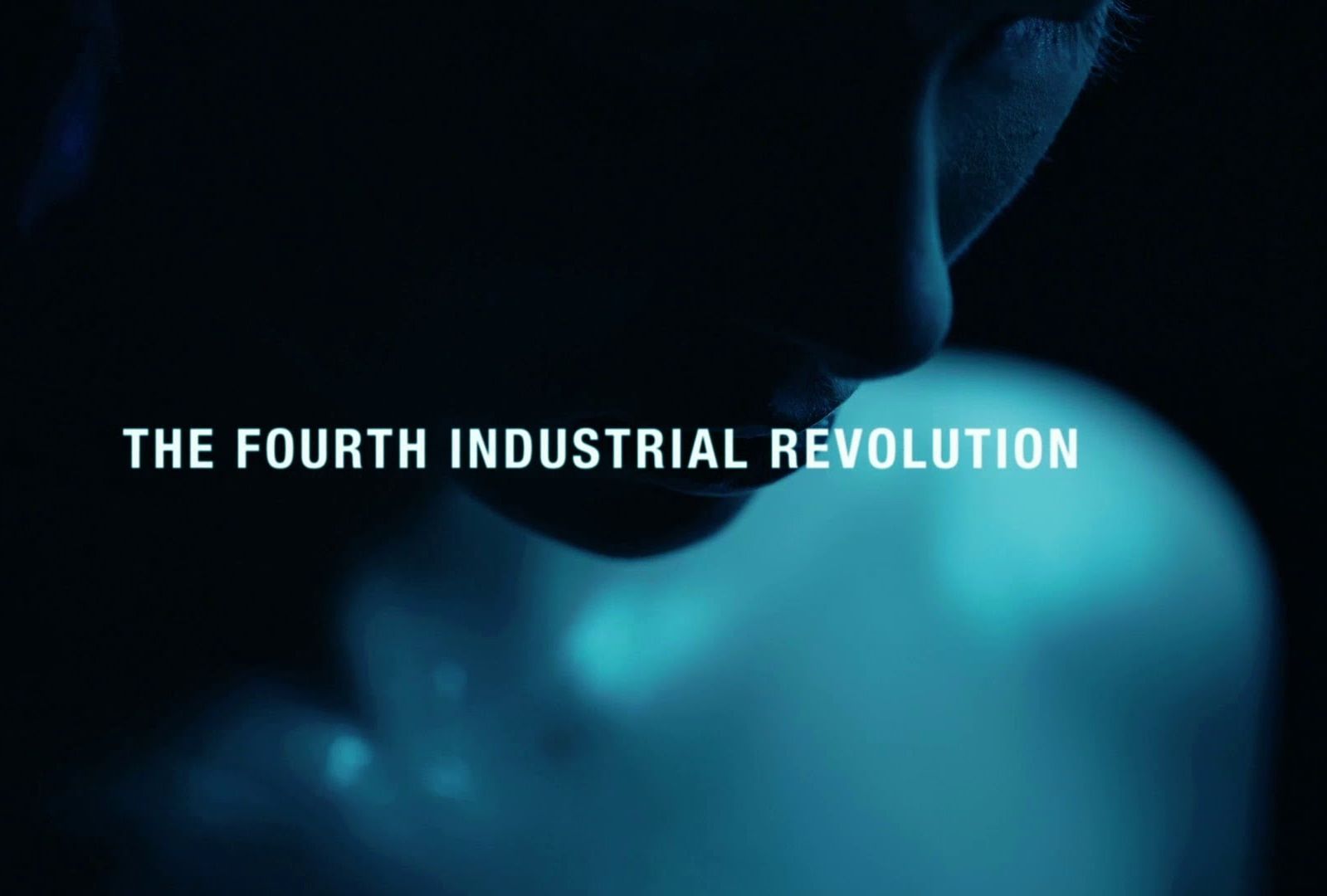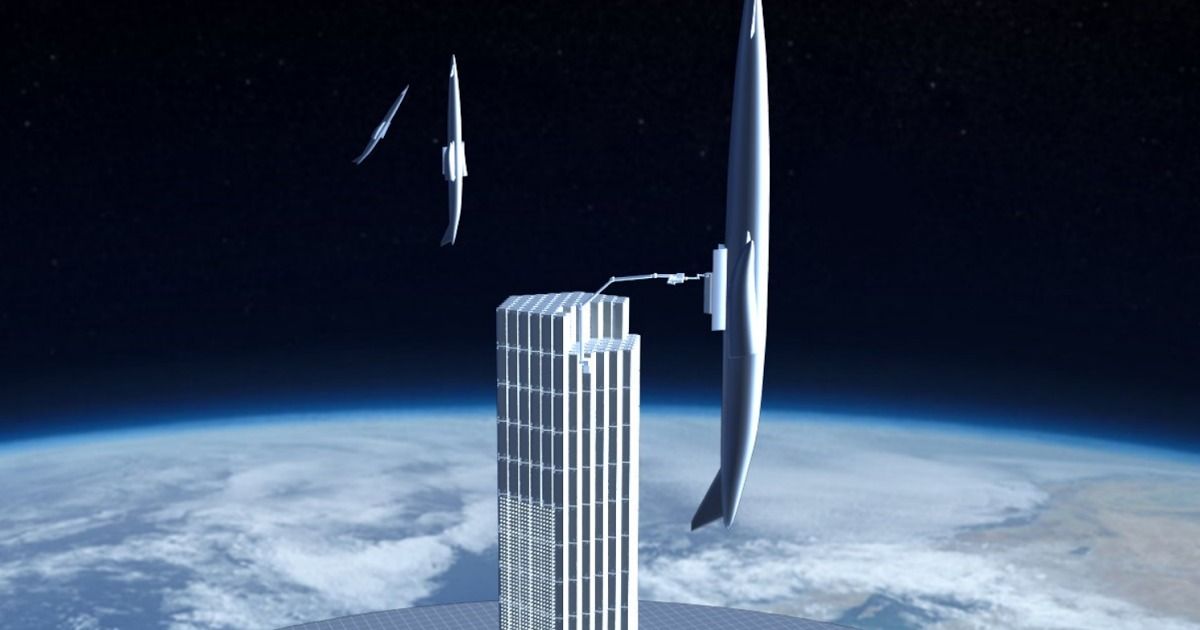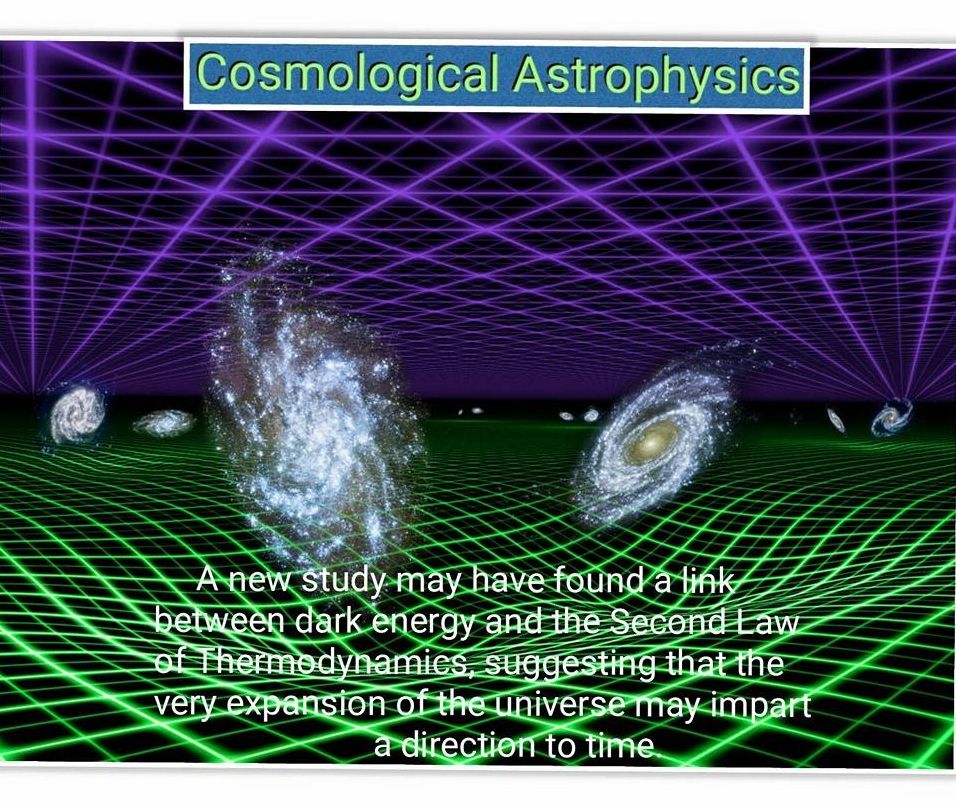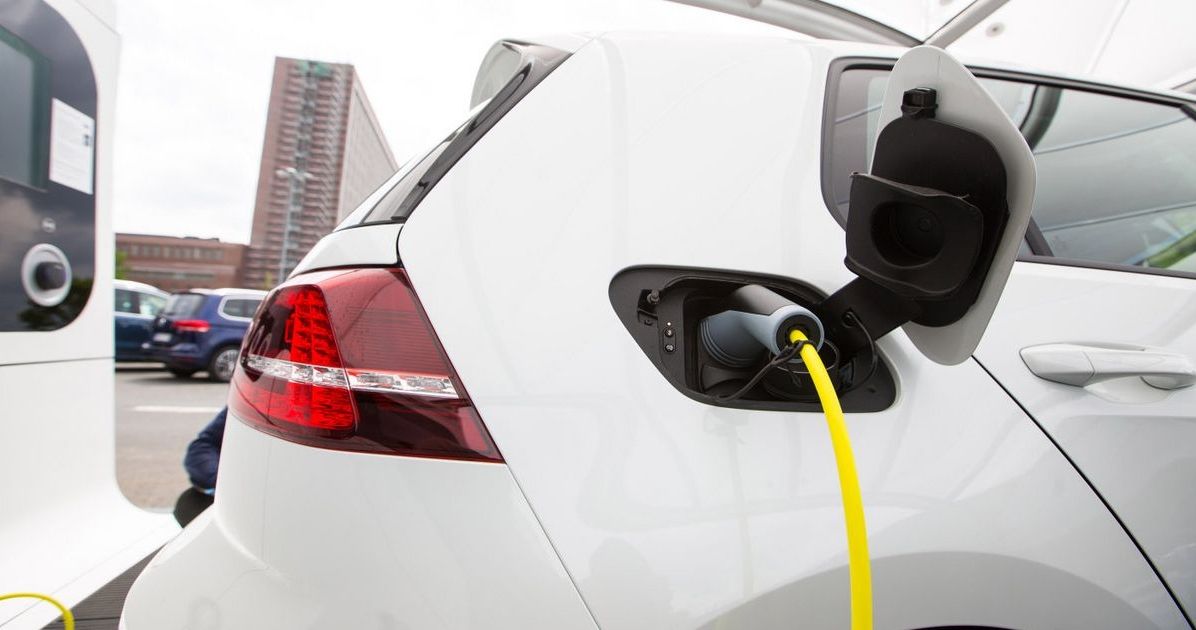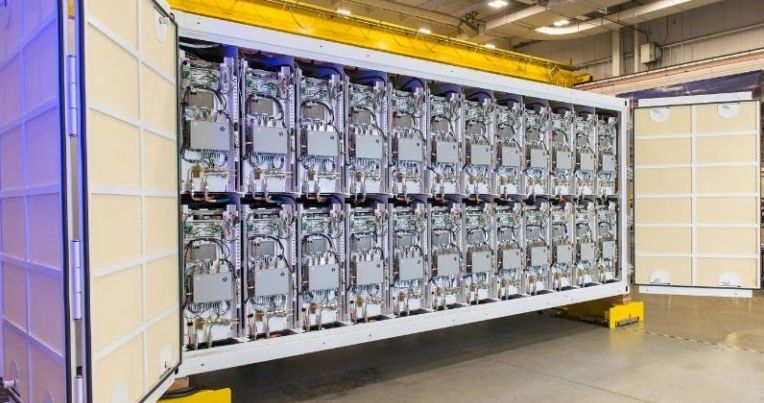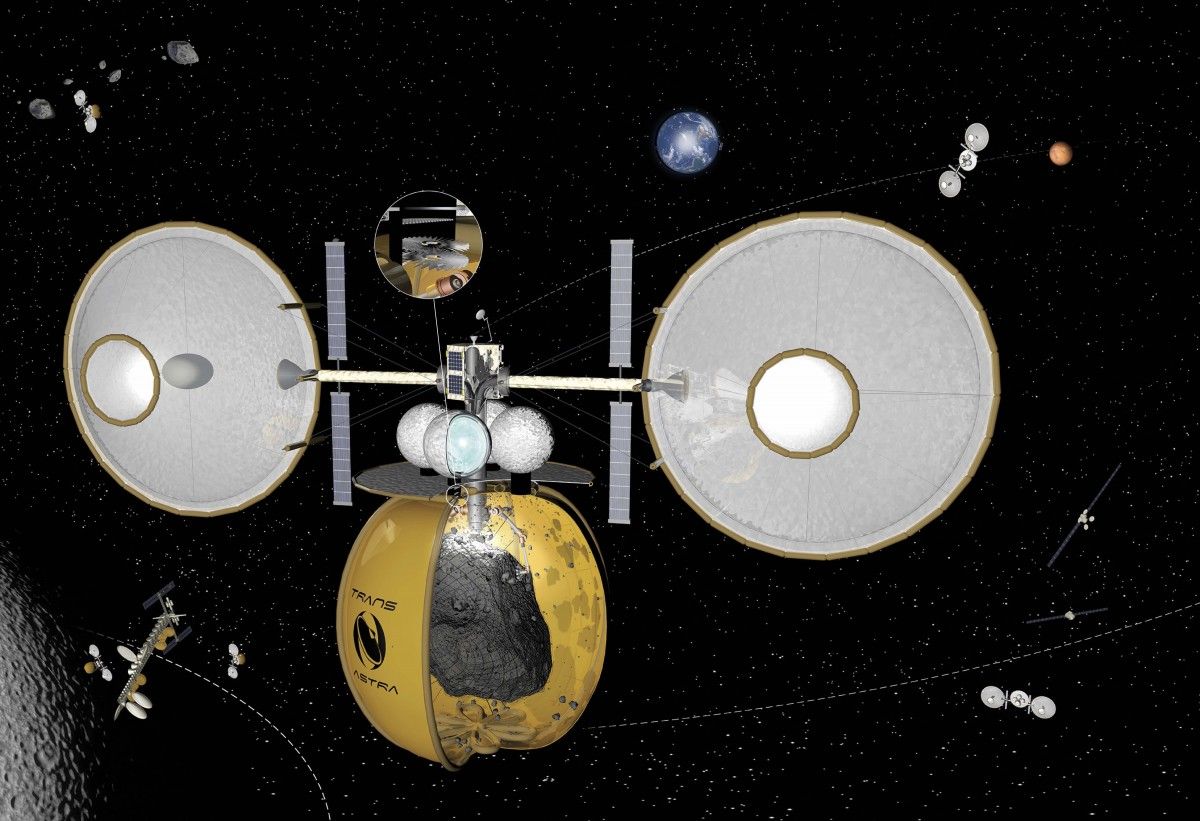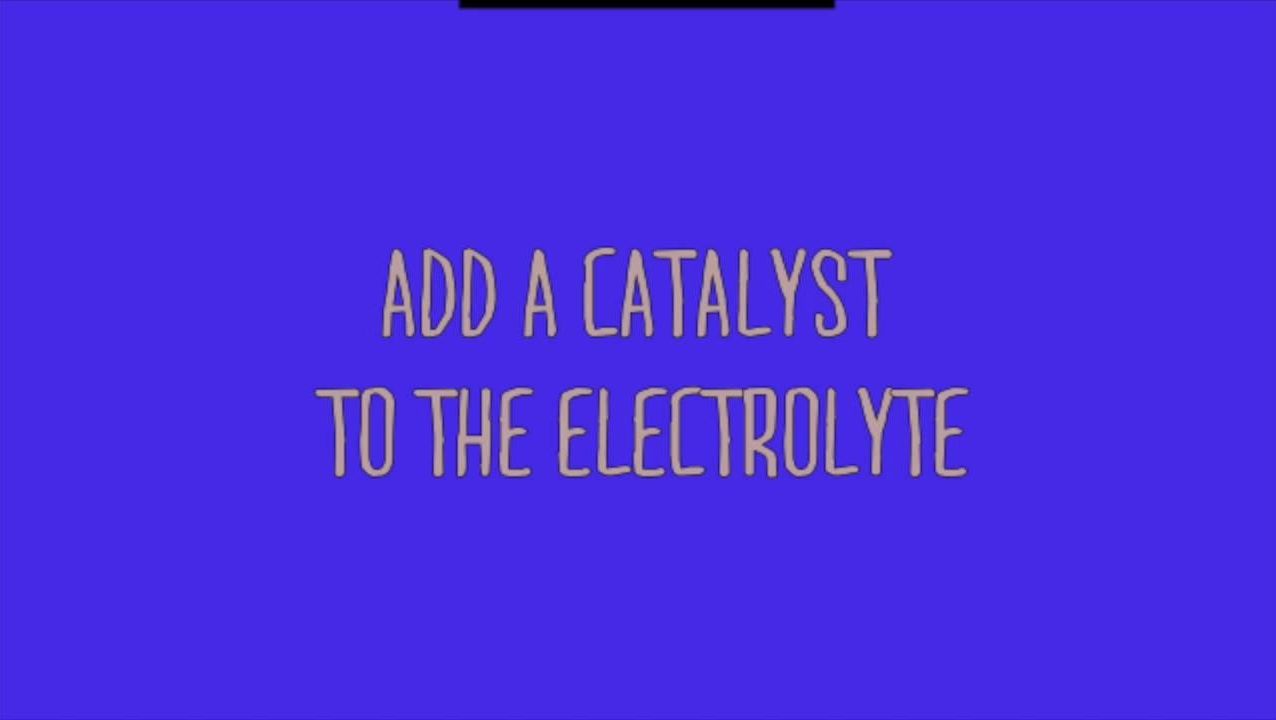May 30, 2016
Bionic Power — Wearable technology for charging batteries
Posted by Klaus Baldauf in categories: cyborgs, energy, military, transhumanism, wearables
Bionic Power makes wearable technology for charging batteries. Today, we are focused on developing our PowerWalk® Kinetic Energy Harvester for military use and will begin multi-unit field trials with the U.S. Army and U.S. Marine Corps next year. In the future, we see our walk-recharge technology being used in disaster zones and remote worksites, and by consumers in recreational, emergency preparedness and backup applications.

